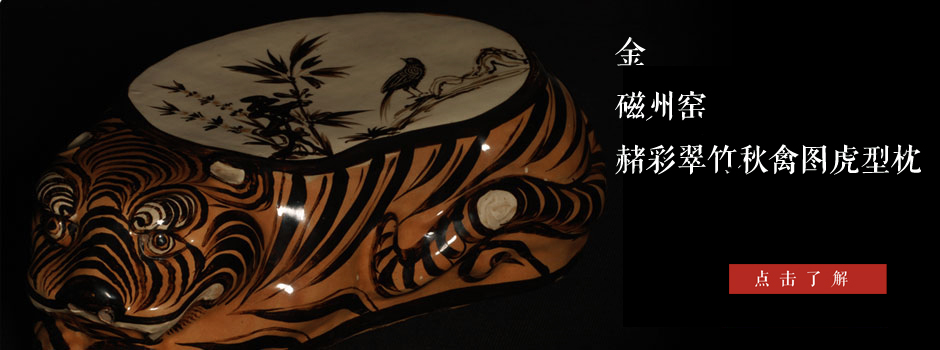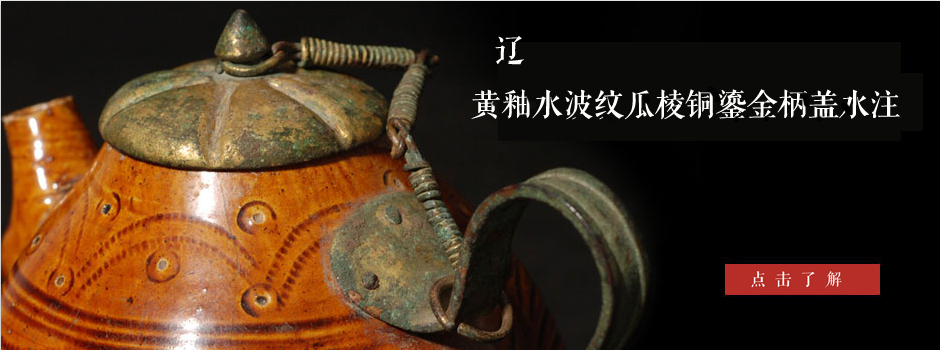- >> Company Profile
- >> President's Speech
- >> Brand Service
- >> Mission & Goals
- >> Value System
- >> Brand Construction
- >> Philosophy and Mode
Address: Room 614-616,China World Office 1, No.1 Jian Guo Men Wai Avenue, Beijing, P.R.C.
Tel:+86-10-65051177
Fax:+86-10-65058988
E-mail:soongs@soongsart.com
Home >> Show Items
Covered jar of the Tang Dynasty with tricolored strip patterns
 |
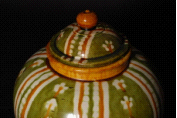 |
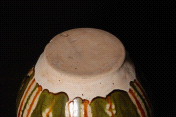 |
Substantially, Tang tricolor is a low-temperature lead-glaze pottery, requiring twice burning processes in production. The first step is biscuit firing at 1000-1100℃. After the baked plain molding bed cools down, various prepared glazes will be fed into the glazing kiln for burning, till the temperature is 850-950℃. After being baked, a variety of colors are formed, including light yellow, sienna, light green, dark green, sky blue, maroon and aubergine, etc. However, the yellow, sienna and green take up the majority. The colored glaze varies with chemicals in the process of baking, which is melted into each but with clear distinction of spots and motley. The color is diversified, natural and matches with each other perfectly. The patterns are flowing and changeable, which presents us the magnificent artistic charm.
The mechanism of lead glaze in Tang tricolor originates from the lead glaze ceramics of Han Dynasty. After the development in the Wei, Jin, Southern and Northern Dynasty, the dappled and florid effect had been achieved. Its peak season is at the prime Tang Dynasty. There were no Tang tricolors after the An-Shi Riot (755 to 763) that have been earthed. Tang tricolor is rich in shapes. They are generally three categories, animals, wares and people.
The round jar of this type is mellow and full, which is consistent with the feature of Tang arts with respect to plumpness, health, beauty and extensiveness. Such type of jars was also unearthed in the Daming Palace of Xi’an, which were the white-glazed jar (Picture 1) of Xing Kiln (“Ying” type) of the prime Tang Dynasty. Its lid was lost. It is the representative ware shape of the prime Tang Dynasty. The making process is very unique. When looking at the jar in details, it is shaped in one time. The foot corner is decorated perfectly, with flat bottom but slightly declining. Each arc change of the shape is emphasized carefully and accurately, but so harmonious and flowing. The delicacy of ceramic porcelain in the prime Tang Dynasty can be seen from these. This type of jar shape, in addition to white glaze, there are also green glaze, blue glaze, yellow glaze, single-color spot glaze, etc. As for the compound color glaze, the most typical type would be the combination of tricolor of different categories. This ware is one of them: The green color is used as the main keynote in the entire body, separated with six vertical yellow-white set. The inside is dotted with white-glazed five-petal plum blossom pattern. Its green color is bright, with some yellow. The keynote is quite warm while the segmented yellow-white strips are in order, which enables the space to switch very naturally and delightfully. The five-petal plum blossom patterns dotted are linked magically together in response to the natural flow-down of plum core and yellow glaze. The brightness and colorfulness and diversification as well as natural flow specific to Tang tricolor are really amazing. The warm, gentle, kind and crystal glaze of Tang tricolor as well as such color shifting full of rhythm could never be pursued and copied by us.
The ware of the most similar to this ware in shape and distribution of color and glaze can be seen in Tokyo National Museum of Japan as a piece of collection (Picture 2). The white–tricolor covered jar (Picture 3) in Meiyintang is also similar to this ware in the shape of ware and distribution of pattern and decoration, which can be used as reference.
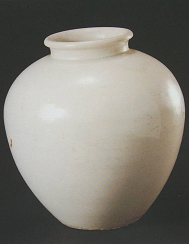
Picture 1 White-glazed jar of “Ying” type by Xing Kiln unearthed at the Daming Palace Ruins of Xi’an, Shanxi Collected in the Archeological Institute of Shanxi Province
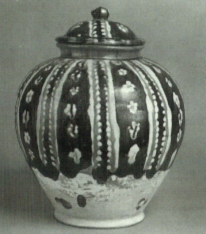
Picture 2 Tang tricolor covered jar collected by Tokyo National Meusum of Japan height 27.5cm, sent by Minfu Family, Heng River as a present
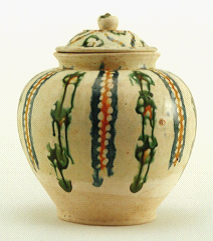
Picture 3 Tricolor covered jar collected by Meiyintang height 23.2cm
